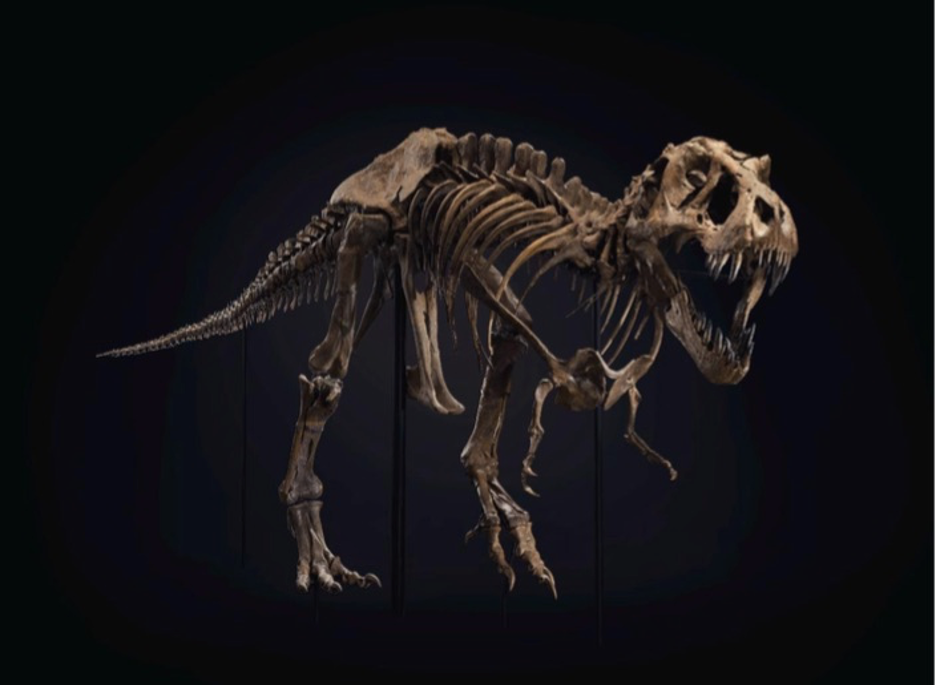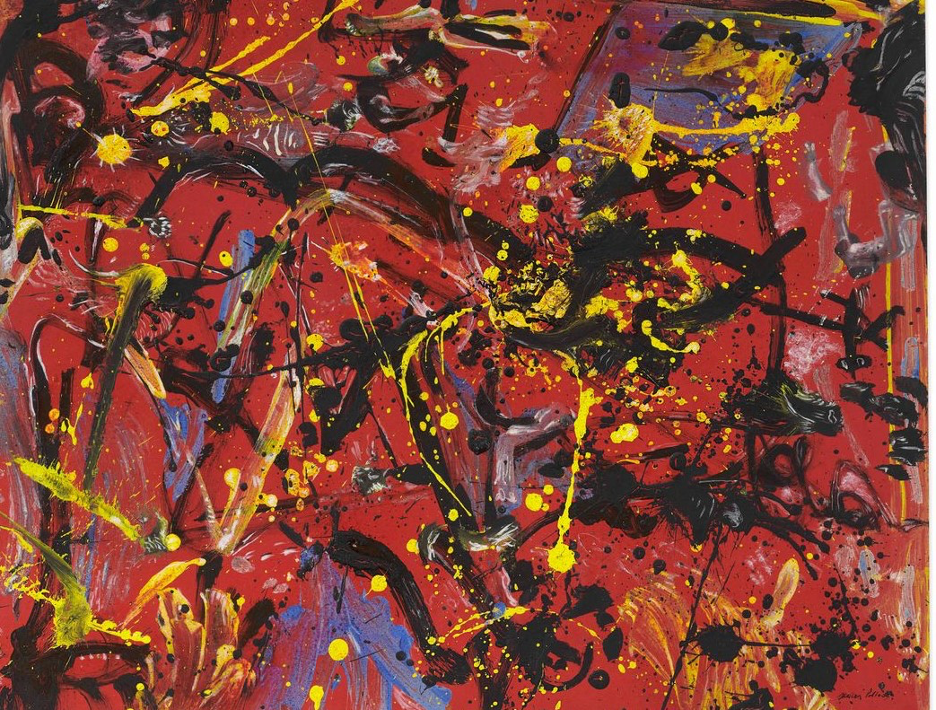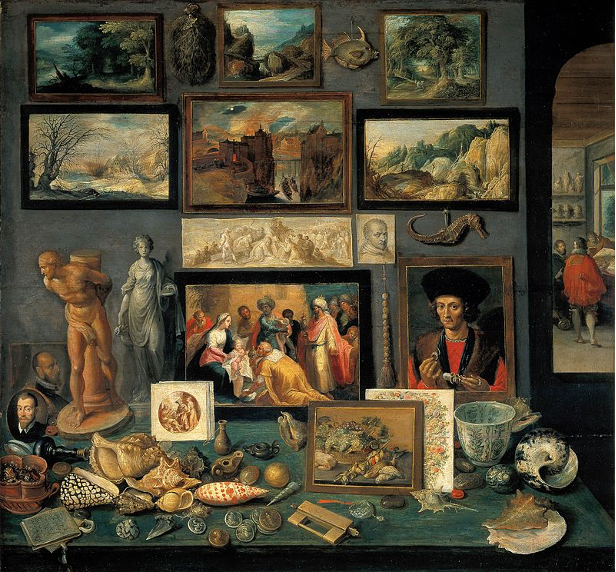If you’ve been crazy about dinosaurs since you were a kid and you have several million dollars burning a hole in your pocket, mark your calendar for October 6. That’s the evening Christie’s in New York is selling the 40-foot-long skeleton of a Tyrannosaurus Rex, called “Stan” after his discoverer. The estimate for Stan’s 188 bones is $6-8 million dollars, which seems conservative, given that the last comparably complete specimen sold for $8.4 million at Sotheby’s in 1997.

What makes Stan’s sale unusual is the venue. Several auction houses hold specialized sales of fossils from Paleolithic times, but Stan is being offered in Christie’s invitation-only evening sale of Impressionist and Modern Art on October 6. The skeleton will just be one of the lots, sharing the virtual easel with a major Cezanne watercolor and with Jackson Pollock’s Red Composition, the most important Pollock drip painting to come on the market in a couple of years. It is being sold by the Everson Museum in Syracuse, NY, and has an estimate of $12-18 million.

Christie’s has gone all-out for the dinosaur’s pre-auction display: it has removed the interior wall that obstructs the view from its oversize windows on 49th Street so that the dinosaur will be viewable around the clock from the sidewalk. Except for the removal of a wall to allow viewing by a long line of viewers (social distancing will doubtless stretch the line around the block), the over-the-top marketing recalls Christie’s drum-beating for the Leonardo da Vinci painting it sold almost three years ago (see my blog https://www.reaganupshawfineart.com/fits-and-starts). In that sale, the Leonardo was paired with a Leonardo-derived painting of the Last Supper by Andy Warhol.
Da Vinci and Warhol, Pollock and a dinosaur – what gives? To some, such mingling is a symptom of the collapse of the traditional collecting model, a connoisseur who collects in depth within a more-or-less narrow field. Conservative critics have decried the loss of specialized knowledge by such owners, scorning auction houses which devise “lifestyle” and “eclectic” sales (as if the collecting of, say, Italian settecento paintings is any less the mark of a lifestyle).
On the other hand, a collection composed of many kinds of objects has a long and honorable history, going back to the rooms or cabinets of curiosities, called Kunstkammer in German, that became a fad in 15th century Italy and Germany. Also called Wunderkammer, room of wonders, these collections held artworks, shells, minerals, biological curiosities in jars, and the like. What did a painting by Titian have in common with the stuffed alligator hanging overhead? Not much, we might say today, but collectors such as the Holy Roman Emperor Rudolf II apparently had no problem with such juxtapositions.

If Stan and Jackson Pollock end up sharing a room in some oligarch’s mansion, it’s not that weird, seen through the long lens of history. I confess to not being knowledgeable enough (yet) to assist in assembling a collection of minerals or fossils, but I can help you in assembling the art portion of your Kunstkammer. Let’s talk soon.

